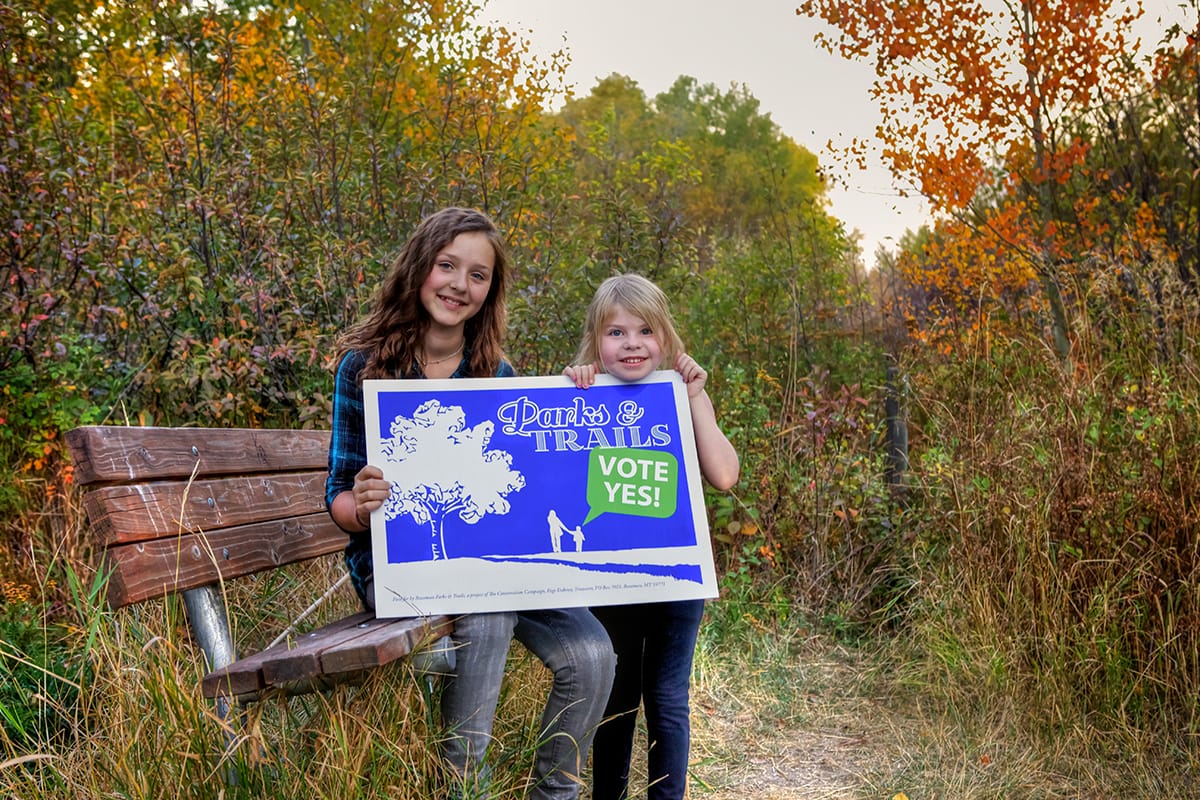
Minnesota 2012: Our Year in Review
Minnesota 2012: Our Year in Review
As we celebrate 40 years of national land conservation, The Trust for Public Land is grateful for your continued support and commitment. Thank you for being such a vital part of our mission to protect land for people. It was a busy year for our Minnesota office. Here are highlights from our work in 2012.
Events
Conservation Leadership Breakfast
In March 2012, The Trust for Public Land held our annual conservation leadership breakfast at the Minnesota Science Museum. At this event, we recognized four outstanding Minnesota leaders who champion land conservation by actively supporting the protection of our state’s special places. Recognized were: Sen. Bill Ingebrigtsen, Alexandria; Rep. Dean Urdahl, Grove City; Beth Kallestad, Cannon River Watershed Partnership; and Blane Klemek on behalf of the Northwest regional office of the Department of Natural Resources.
Day on the Land, Caponi Art Park
In June 2012, despite a healthy summer storm, The Trust for Public Land gathered with friends and supporters to celebrate parks for people at Caponi Art Park in Eagan, which we helped protect in 2005. During the event, we learned about the history of this 60-acre urban oasis and sculpture garden and enjoyed tours led by Tony and Cheryl Caponi and their staff.
40th Anniversary Celebration
In September 2012, we celebrated our 40th birthday with a picnic, presentation and tours of Bruce Vento Nature Sanctuary (BVNS), which The Trust for Public Land helped protect. This event took place at Indian Mounds Park in Saint Paul on the bluffs overlooking BVNS and downtown Saint Paul. Our keynote speaker at this exciting celebration was Will Rogers, president of The Trust for Public Land, and St. Paul Mayor Chris Coleman. You can see photos from the event on Facebook.
Parks for People
As we explore additional opportunities to work in our urban areas, we discover that our role in park making encompasses a broad range of services, including research, education, funding, building the case that parks are vital to the health of urban systems and key drivers of redevelopment and advocacy.
Frogtown Park and Farm – Saint Paul
The Trust for Public Land has an agreement with the Wilder Foundation to turn 13 acres of relatively open land in the heart of Saint Paul’s Frogtown neighborhood into a recreation area and a natural area, plus an urban demonstration farm that empowers residents to learn how to grow healthy, organic food in their own backyards. The Trust for Public Land is busy raising the funds necessary to create this park, and working with the City, nonprofit Frogtown Gardens, and the Frogtown community to plan and design the park with a farm use.
The Gateway – Minneapolis
This year, we helped Minneapolis quantify the projected return on investment for a downtown linear park—The Gateway is estimated to stimulate redevelopment in the range of $108 million to $249 million. The Trust for Public Land also helped downtown leaders consider models for visioning, developing and managing all downtown parks, including The Gateway.
Northwoods
The Trust for Public Land continues to seek funding through the Federal Land and Water Conservation Fund (LWCF). Though no funds were allocated in FY12, we are optimistic that federal decision makers will allocate these funds in FY13, allowing The Trust for Public Land to convey holdings on Wolf Island on Lake Vermilion to the Superior National Forest next year.
We are pleased to share that the Superior National Forest has nominated Wolf Island to be designated among the State and National Historic Places, as recorded by the Secretary of the Interior, thanks to The Trust for Public Land research.
Mississippi and St. Croix Rivers
La Salle Lake
The Trust for Public Land successfully added 1,000 acres of recreation area to the popular Bemidji region at the Mississippi River headwaters. The La Salle Lake State Recreation Area is managed as a satellite unit of nearby Itasca State Park and is now open to the public. La Salle Lake, Minnesota’s second deepest lake, and its remarkable surrounding lands offer ample recreation opportunities, including fishing, boating, hiking, hunting, trapping and more.
Dora Lake Wildlife Management Area
The Trust for Public Land conveyed 510 acres near the Cannon River headwaters to the Minnesota Department of Natural Resources. These high-quality wetlands and upland habitat, managed as Dora Lake Wildlife Management Area, create a critical natural buffer to the river (a major tributary to the Mississippi) in a sensitive water quality area. The effort also protects fish, game, and wildlife habitat, while providing public access for hunting, fishing, and other recreation within an hour’s drive of the Twin Cities.
This raw, beautiful landscape in Southern California is home to Indigenous heritage sites, and it provides critical habitat for threatened and endangered species. Urge the administration to safeguard this extraordinary landscape today!


Donate to become a member, and you’ll receive a subscription to Land&People magazine, our biannual publication featuring exclusive, inspiring stories about our work connecting everyone to the outdoors.
See how our supporters are helping us connect people to the outdoors across the country.










